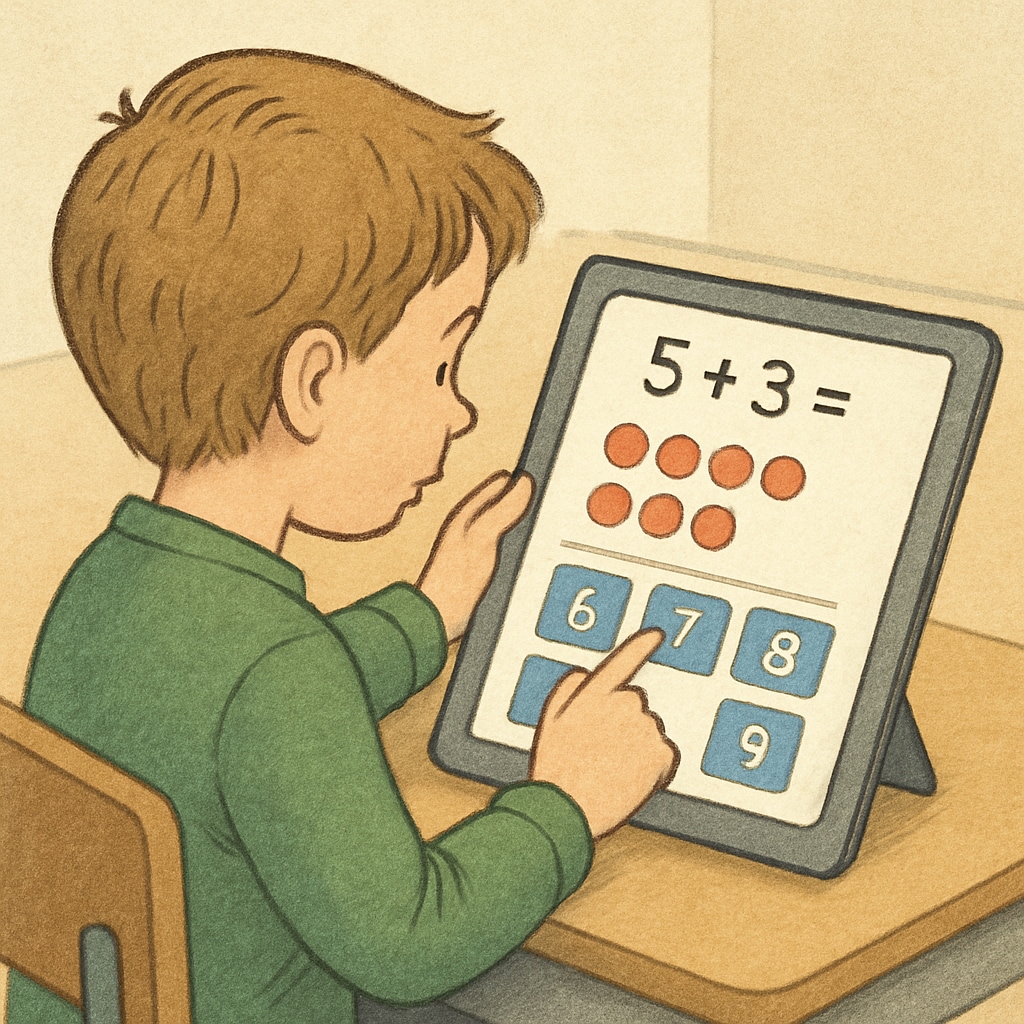When children ask, “Why do I have to learn math?”, it’s a question that touches on the heart of mathematics education, learning motivation, and teaching methods. While it’s tempting to respond with clichés like “You’ll need it for your future,” such answers rarely resonate with young learners. To bridge the gap between abstract concepts and real-world relevance, parents and teachers must employ thoughtful strategies that inspire curiosity and demonstrate the practical importance of mathematics.
Understanding the Root of the Question
Before diving into explanations, it’s crucial to understand why children ask this question. Often, their frustration stems from struggling with abstract formulas or not seeing an immediate connection to their daily lives. A good response begins with empathy—acknowledging their feelings and validating their curiosity.

Relating Math to Everyday Life
One of the most effective ways to answer this question is by showing how math is everywhere. From calculating discounts while shopping to measuring ingredients for a recipe, math is deeply integrated into our daily routines. Highlighting relatable examples like these makes math feel less daunting and more practical.
For example:
- Budgeting money teaches addition, subtraction, and percentages.
- Cooking requires measurements and ratios.
- Sports statistics involve averages and probability.
By drawing attention to these connections, children can see math as a tool rather than an abstract subject.
Fostering Curiosity Through Real-World Applications
Beyond everyday uses, math plays a vital role in exciting fields like technology, engineering, and science. Introduce children to concepts like the Golden Ratio, which appears in art, architecture, and nature. Discuss how algorithms power their favorite apps or how geometry shapes video game graphics.
Furthermore, activities like building a DIY project or solving a puzzle can demonstrate math’s creative and problem-solving potential.

Building Motivation and Confidence in Math Learning
Sometimes, children resist math because they lack confidence. To counter this, focus on creating small wins that build their self-esteem. Celebrate their progress and emphasize effort over perfection. For example:
- Use interactive games to make learning fun and engaging.
- Encourage collaboration, such as working on math problems with friends or siblings.
- Break down complex topics into manageable steps to reduce overwhelm.
As a result, children are more likely to approach math with a positive attitude and a growth mindset.
Answering the “Why?” with a Bigger Picture
Finally, help children understand math’s role in shaping their future. Explain how foundational skills in math open doors to careers in STEM (science, technology, engineering, and math) and beyond. You can also introduce inspiring stories of innovators who used math to solve global challenges, such as space exploration or renewable energy advancements.
By connecting math to their aspirations and interests, you can motivate them to embrace learning with purpose.
In conclusion, responding effectively to the question “Why learn math?” requires empathy, creativity, and clear communication. By highlighting its real-world applications, fostering curiosity, and building confidence, parents and teachers can transform math from a source of frustration into a powerful tool for lifelong success.


